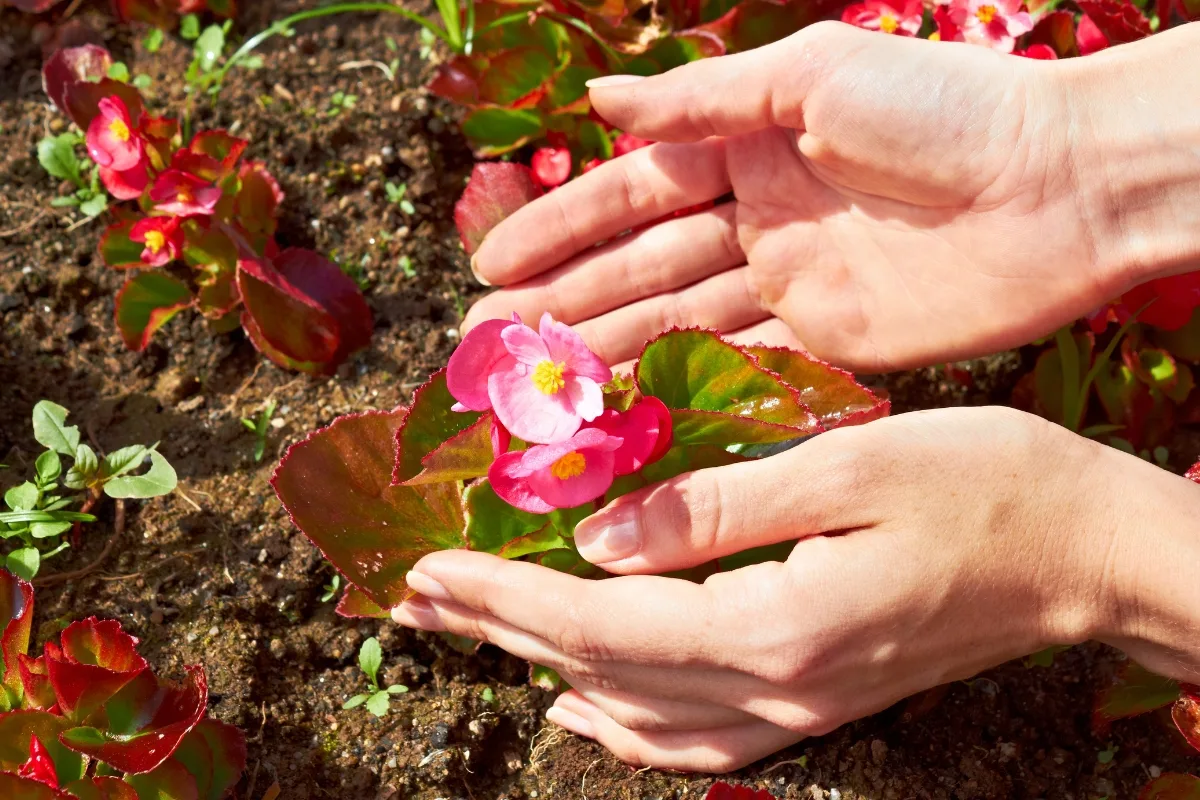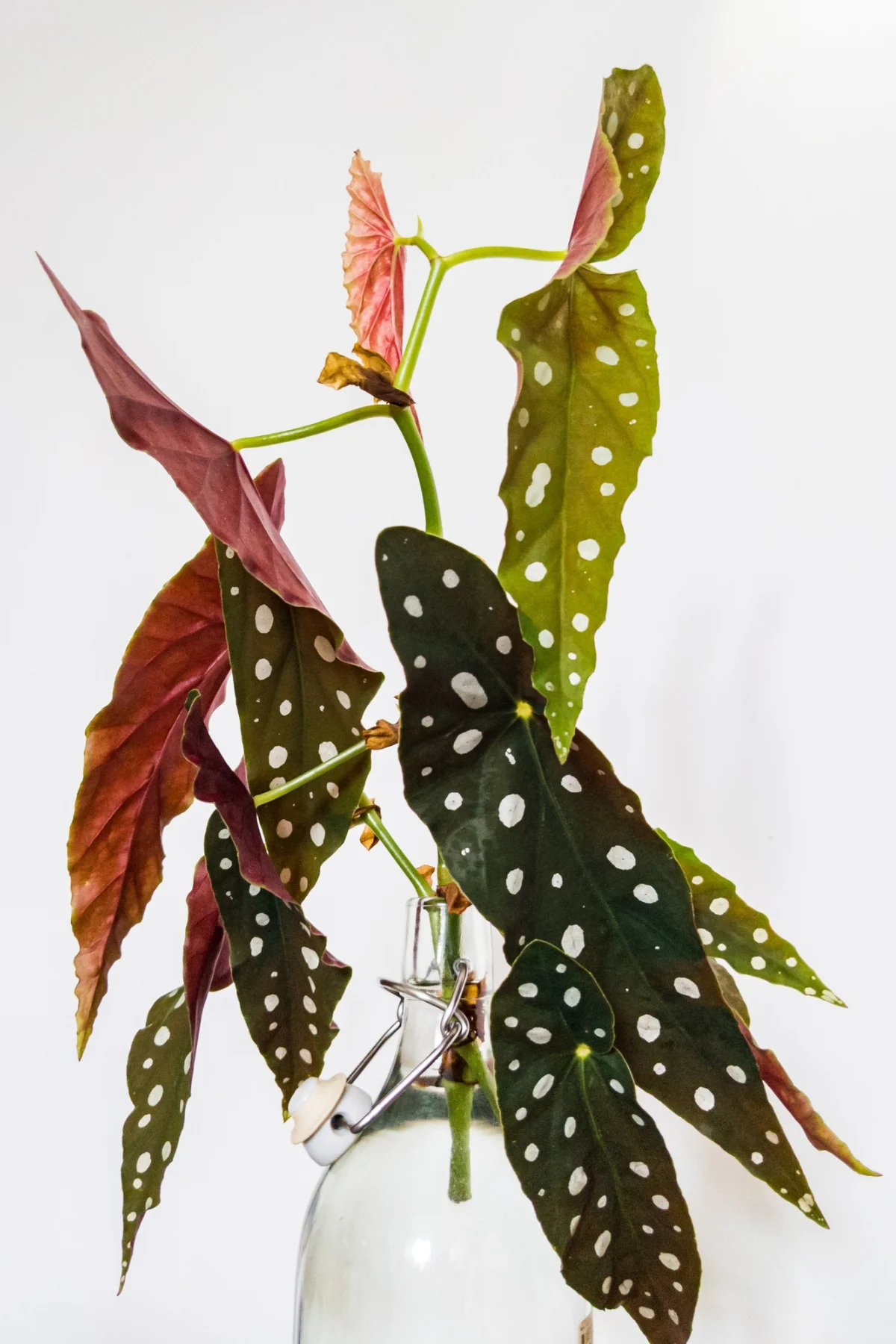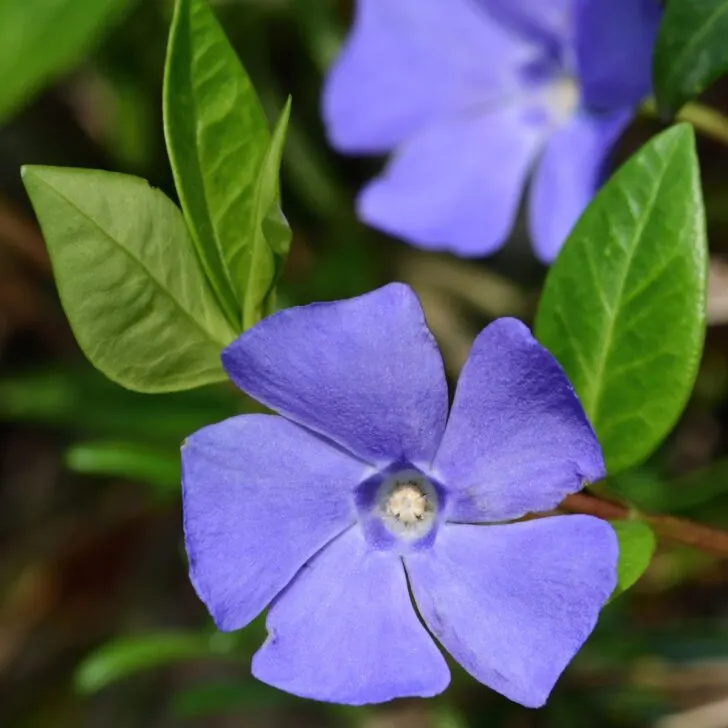Begonias are shade-loving flowers that come in a wide variety of beautiful colors. Learn how to care for begonias in your garden!

Begonias are a versatile plant that can be grown as houseplants, in containers, or outdoors in the garden. They are low-maintenance and require minimal care, making them ideal for beginner gardeners.
Most begonias love growing in the shade, and their tolerance of low light makes them an excellent choice for shade gardens and houseplants. However, some varieties like Proven Winners Surefire begonias can tolerate both sun and shade, making them the ideal plant for those tricky spots in the garden.

With their bright flowers and lush foliage, begonias can add color and texture to any outdoor space. In this article, we will explore how to grow begonias in the garden with planting and care tips so you can have beautiful blooms all season long!
This post contains affiliate links for your convenience. Purchases made through these links may earn me a small commission at no additional cost to you.
Types of Begonias
Begonias plants have over 1,000 species and numerous cultivars. Many of the most popular ornamental cultivars are hybrids of different species developed for beautiful flowers and unusual leaf colors.

The plants range in height from a petite eight inches to several feet, with mounded, upright or trailing structures. You can grow begonias in the ground, in hanging baskets, in outdoor containers, and as potted indoor plants.
You can find begonias for sale online and at your local nursery in a wide variety of colors. There are four primary types of begonia: wax, rhizomatous, tuberous and cane.
Wax Begonias
Wax begonias have fibrous root systems and waxy-looking flowers and leaves. You can find this type with different growth habits from mounded to upright. Wax begonia is the most tolerant of growing in sunny locations and is more resistant to dry conditions and heat than other varieties.

Rhizomatous Begonias
Rhizomatous begonias spread from rhizomes beneath the soil. The stand-out features of this type are the eye-catching foliage and a mounded growth habit. This type of begonia has less conspicuous flowers than other types.
Tuberous Begonias
Tuberous begonias sprout from tubers you can dig up in autumn and replant the following spring. This type has delightful yellow, orange, red, pink, or white flowers with cultivars of both upright and trailing growth habits, perfect for hanging basket gardens.
Cane Begonias
Cane begonias, also called angel wing begonias, grow from a single, tall, upright stem that can reach several feet high. People grow them for their combination of pleasing flower clusters and spotted wing-shaped leaves. This type grows well indoors and outdoors as long as they are in partial shade.

When to Plant Begonias
Begonias are not frost-hardy. To avoid damage from cold weather, wait until all danger of frost has passed and the soil temperature is approximately 60°F before planting them outside. Use a soil thermometer to check if it's warm enough to plant begonias in the ground before you start digging!

Where to Plant Begonias
The pretty flowers and attractive leaves of begonias make them an ideal plant for borders and flower boxes. Wax begonias and hybrids often flower all summer, so consider a spot where you can enjoy their colors all season.
Choose upright or mounding plants for the front of your garden beds where they won't be blocked by taller plants. Trailing begonias look marvelous planted in hanging baskets, and smaller varieties look fantastic grouped in mass.

Most begonia types are easily damaged by the direct afternoon sun, although some early morning sun is okay and may improve flowering. However, a few varieties can grow in full sun.
How to Plant Begonias
You can buy potted begonias to transplant, start them from seed, or propagate plants from cuttings.

Begonias need well-drained, fertile soil and are prone to root rot if the ground gets soggy. They also like acidic soil with a pH between 5.5 and 6.5, so amend the soil as needed to achieve these conditions.
How to grow begonias from seed
Start begonia seeds indoors about four months before planting them in the garden. Spread the seeds on a moist, sterile seed starting mix but do not cover them with soil.
Use a humidity dome or a transparent plastic sheet over the tray to keep the soil moist. A seedling heat mat is recommended to maintain a temperatures of 70-80°F with 14 hours of light each day.

Begonia seeds germinate and grow slowly and require diluted fertilizer to fuel their growth. Seeds typically sprout within three weeks and can be planted out three months later.
How to grow begonias from cuttings
Begonia cuttings root quickly and easily. To take a cutting, use a clean knife or scissors and cut a stem section about 4 inches long.

Next, remove the leaves on the bottom half of the stem and place them in a jar of water, submerging the part where you trimmed the leaves. After roots emerge from the stem underwater, you can transplant the cutting into the soil about four weeks later.
How to grow tuberous begonias
If you grow tuberous begonias, dig them up before the first fall frost to protect them from cold weather. Then, cut the stems off, leaving a few inches of growth above the tubers, and let them dry for a few days.
After that, put the tubers in flats, cover them with peat moss or wood chips, and store them in a location with temperatures between 45° and 55°F until spring. As the weather warms, bring them out and let them sit in indirect sunlight until shoots grow to a couple of inches, then transplant them into the garden.
How to Care for Begonias
Begonias require regular fertilizing, and a slow-release product for annual flowers works well. Fertilize outdoor plants monthly and indoor plants every other week with a liquid fertilizer for a full show of blooms.

Begonias don't like getting their leaves wet. In addition, if the soil is too moist, the roots can rot. Wet leaves can lead to fungal problems like powdery mildew, and moisture on foliage when the sun is shining can result in leaf burn. Drip irrigation keeps foliage dry and roots moist but not soggy.
Now that you know how to grow and care for begonias, you can plant them in your garden with confidence!







Linda Neighbors
Friday 7th of April 2023
Some say shade (6-8 hrs), others say sun. What is your advice?
Vineta Jackson
Tuesday 11th of April 2023
It depends on the begonia. Some varieties, like Proven Winner's Surefire begonia, can take either full sun or part shade. I've grown plenty of begonias in part shade and gotten lots of blooms!